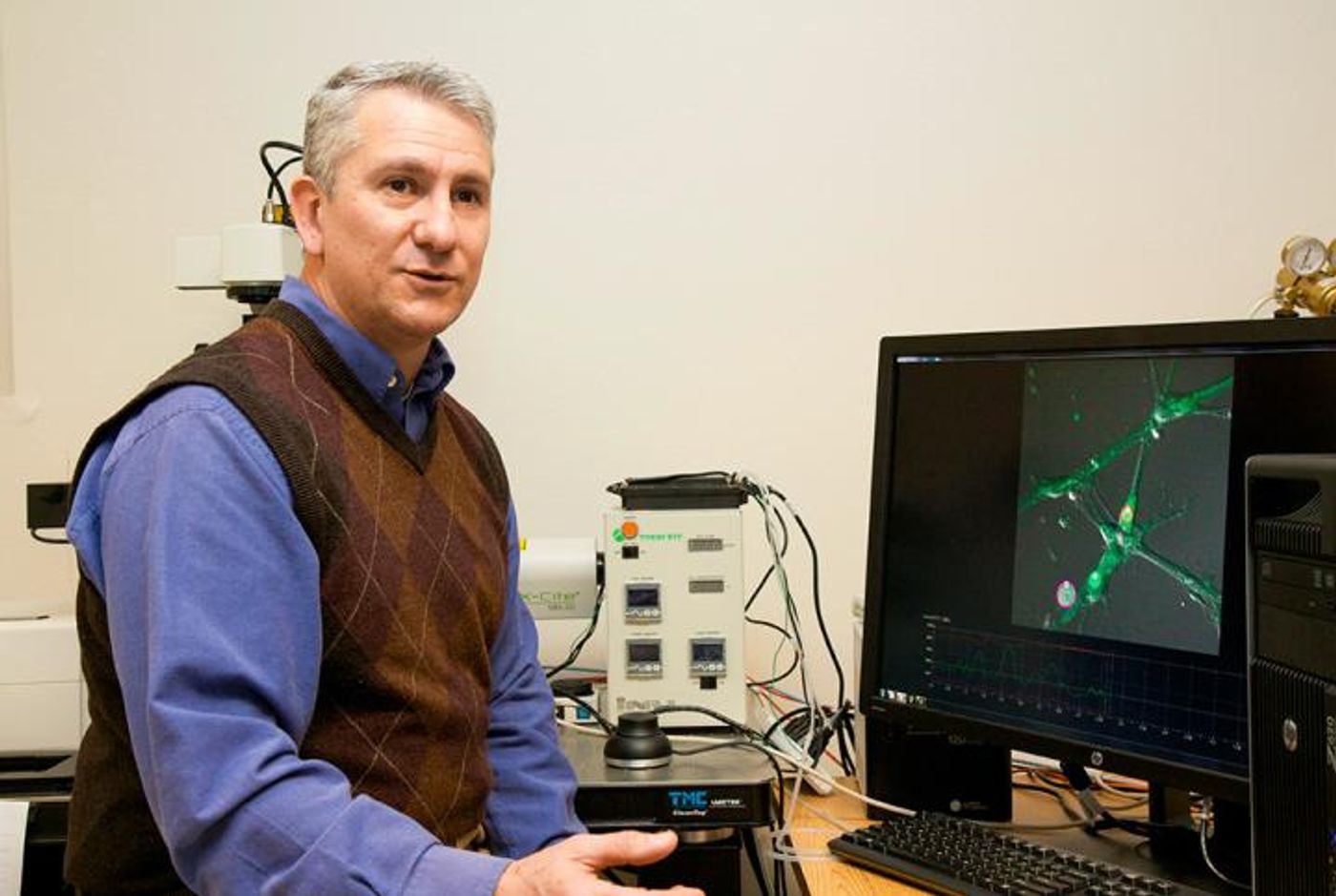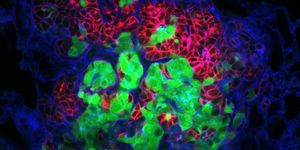
Whenever retired Maj. David Underwood drove under power lines and around other electromagnetic fields, he would feel a painful buzz in what remained of his left arm. “The pain almost felt like having my arm blown off again,” Underwood said. The buzz became stronger whenever he drove through Texas’ open spaces.
Underwood is one of nearly 2 million amputees in the United States. The Iraq War veteran was wounded by an improvised explosive device. Shrapnel tore part of his leg and his left arm had to be amputated. The bomb left him with over 100 smaller wounds and he underwent 35 surgeries.
There is no lack of anecdotal evidence that cellphone towers, and other technology that produces radio frequency electromagnetic fields, enhance pain in amputees. There was not, however, scientific evidence to back up the claim.
Now, researchers at The University of Texas at Dallas have provided evidence that “subjects exposed to cellphone towers at low regular levels can actually perceive pain,” said senior study author Mario Romero-Ortega, who researches nerve regeneration and builds bionic technology that links robotic devices to the peripheral nerve. The study, published in
PLOS ONE, “also points to a specific nerve pathway that may contribute to our main finding."
Previous research on the effects of cellphone towers on humans had been done on people with no diagnosed pre-existing conditions. This is one of the first studies to look at electromagnetic fields in a nerve-injury model.
Romero-Ortega and his team hypothesized the electromagnetic fields create an environment that affects neuromas in patients. Neuromas are inflamed bundles of nerves that often form in response to injury.
The researchers randomly assigned 20 rats into two groups. The first group received nerve injury that simulated an amputation. The second group received sham surgery. The scientists then exposed the rats to a radio frequency electromagnetic antenna for 10 minutes once a week for eight weeks. The antenna's power density was equal to the power density measured at 128 feet from a local cellphone tower.
By the fourth week, 88 percent of the subjects in the nerve-injured group showed signs of pain. Only one subject in the sham surgery group showed demonstrated pain at any time, and that was during the first week.
After the growth of neuroma, the rats underwent the typical treatment in humans with neuromas who are experiencing pain. Still, the painful responses continued.
"Many believe that a neuroma has to be present in order to evoke pain. Our model found that electromagnetic fields evoked pain that is perceived before neuroma formation; subjects felt pain almost immediately," Romero-Ortega said. "My hope is that this study will highlight the importance of developing clinical options to prevent neuromas, instead of the current partially effective surgery alternatives for neuroma resection to treat pain."
The researchers also studied the issue at a cellular level by looking at the protein TRPV4. "It is highly likely that TRPV4 is a mediator in the pain response for these subjects," Romero-Ortega said. TRPV4 responds to warmth and can be affected by injury and inflammation. "Our calcium imaging experiments were a good indicator that TRPV4 is worth further exploration."
When Underwood saw videos of the rats painfully responding to the electromagnetic fields, he noticed they exhibited "exactly the same type of movements [he] would have around cellphones on roam, power lines, and other electromagnetic fields," Underwood said. "It is pretty amazing that a few short conversations with this team led to validation of what I, and many others, experience."
Because the rats' pain responses are like those in the anecdotal reports, the researchers say their results are most likely applicable to humans.
"There are commercially available products to block radio frequency electromagnetic energy. There are people who live in caves because they report to be hypersensitive to radio magnetism, yet the rest of the world uses cellphones and does not have a problem. The polarization may allow people to disregard the complaints of the few as psychosomatic," he said. "In our study, the subjects with nerve injury were not capable of complex psychosomatic behavior. Their pain was a direct response to man-made radio frequency electromagnetic energy."
The next step in the research is to develop devices to block radio frequency electromagnetic energy from causing neuropathic pain.
Sources:
University of Texas at Dallas Press Release via EurekAlert! ,
PLOS ONE









